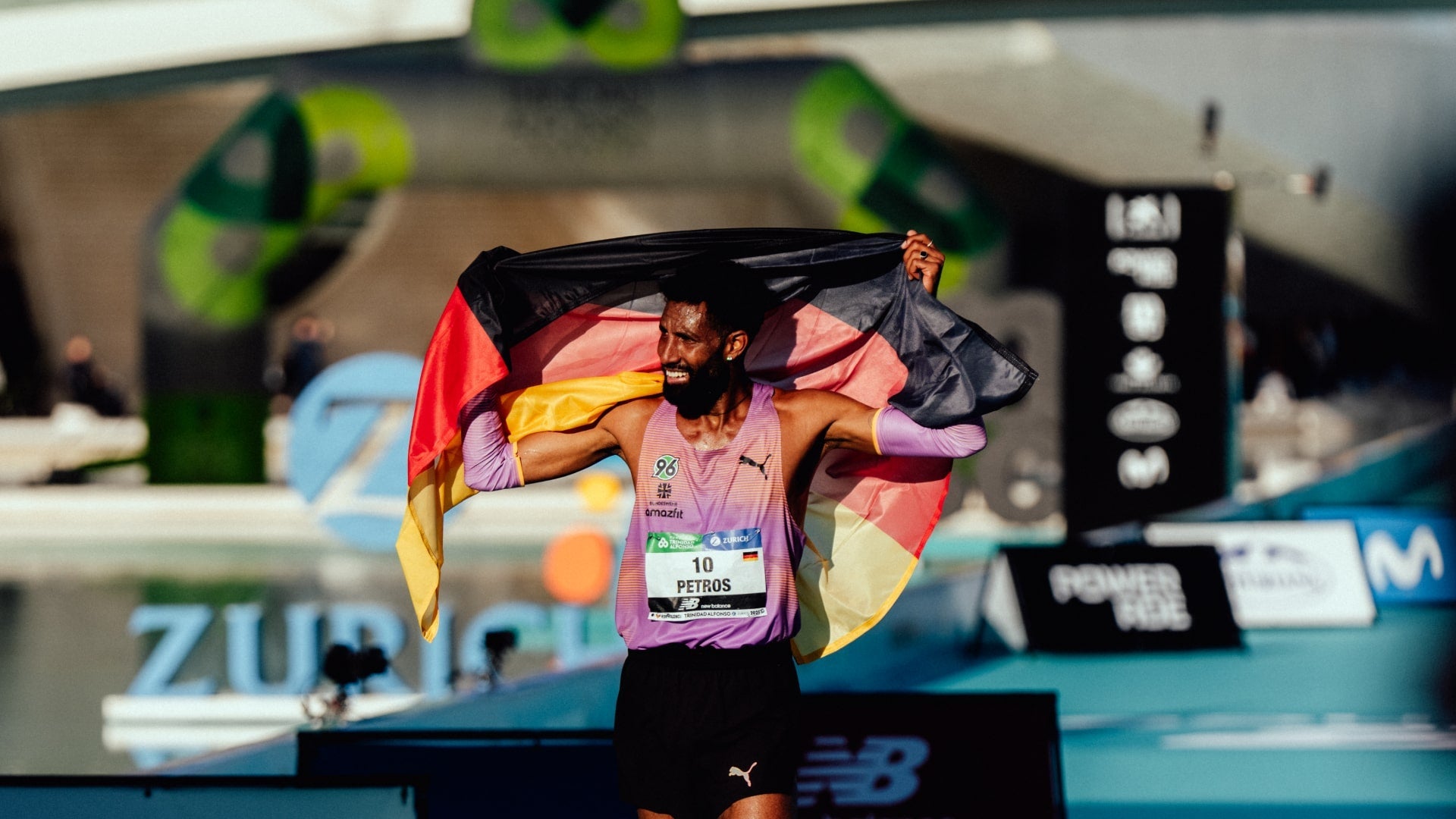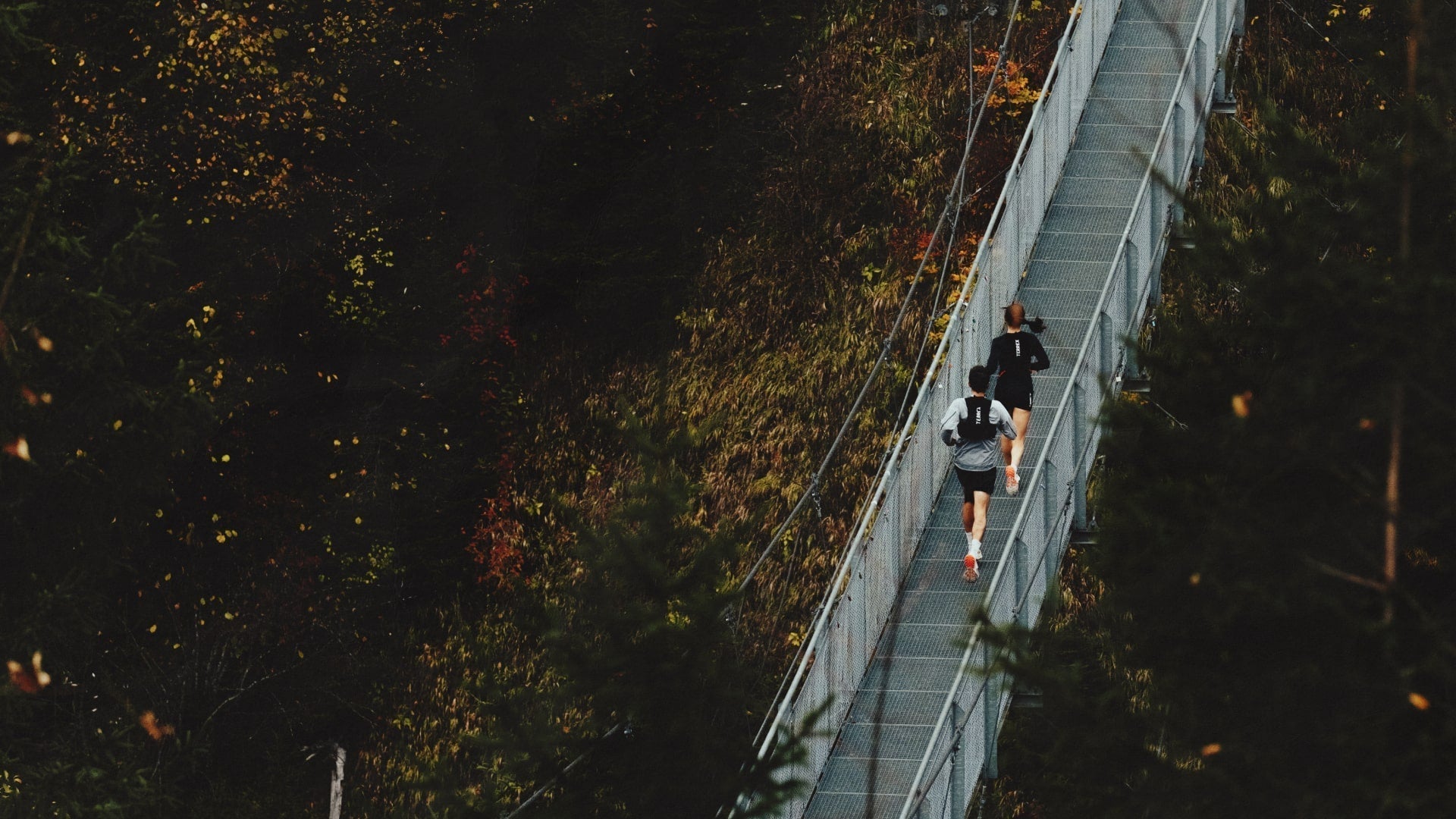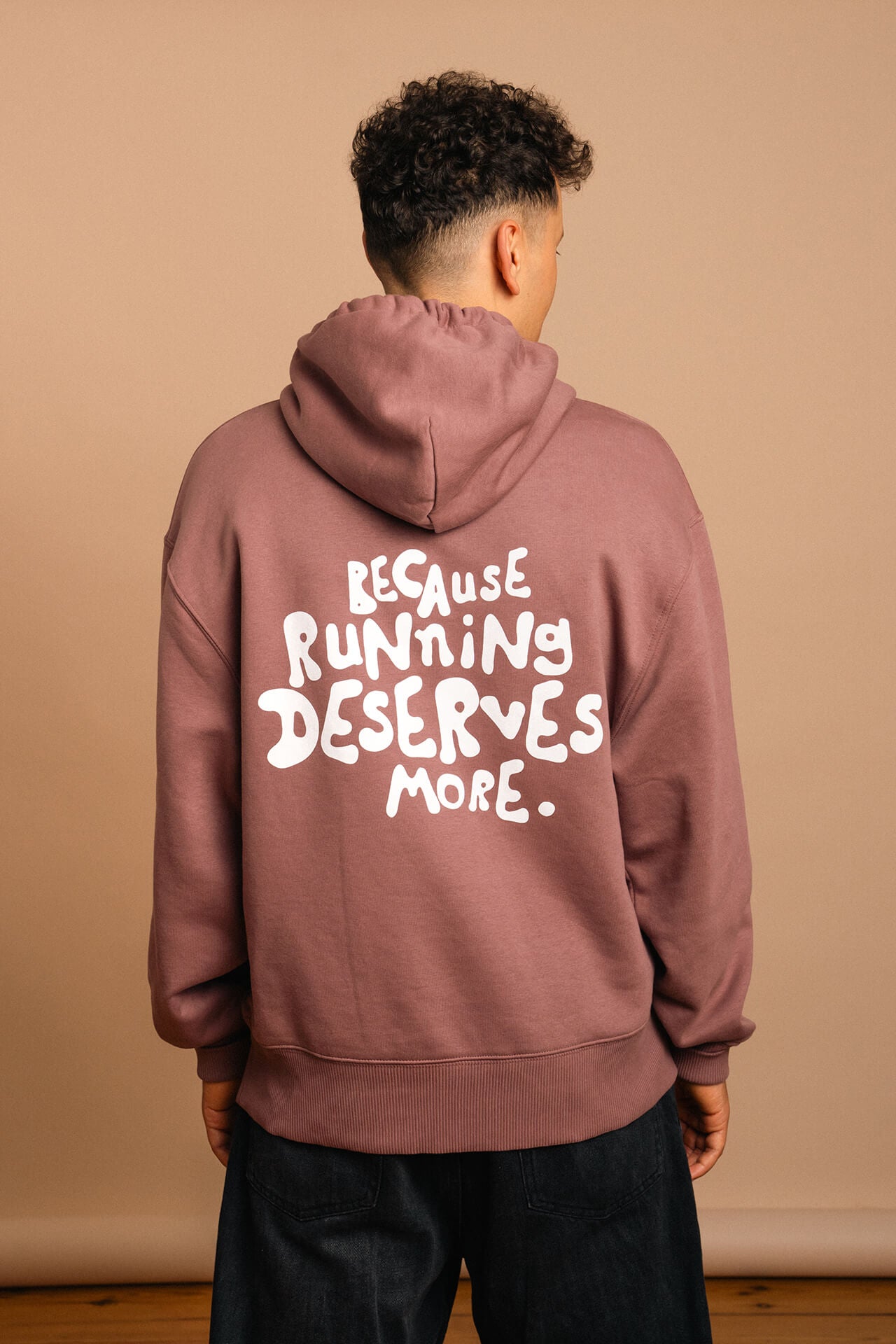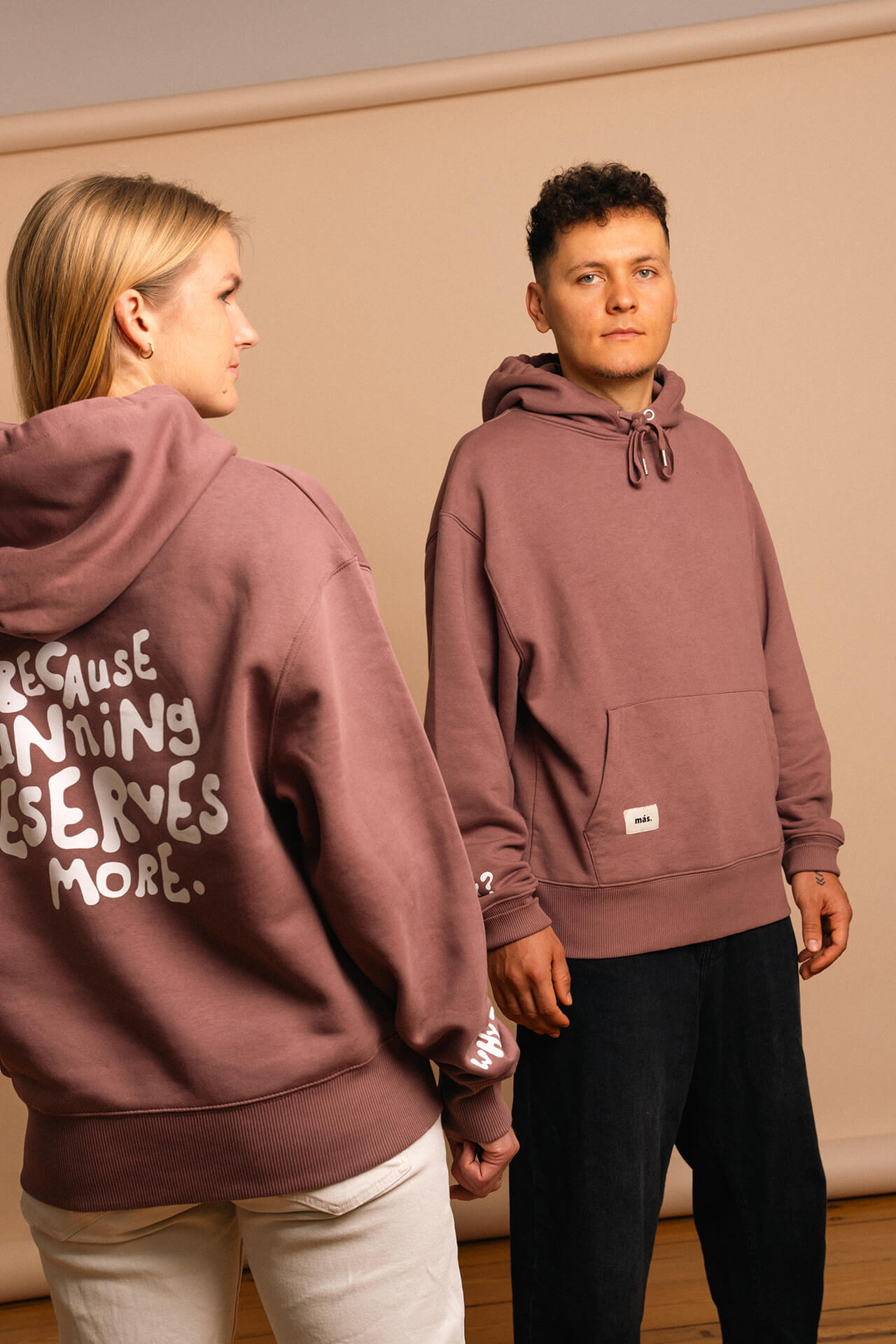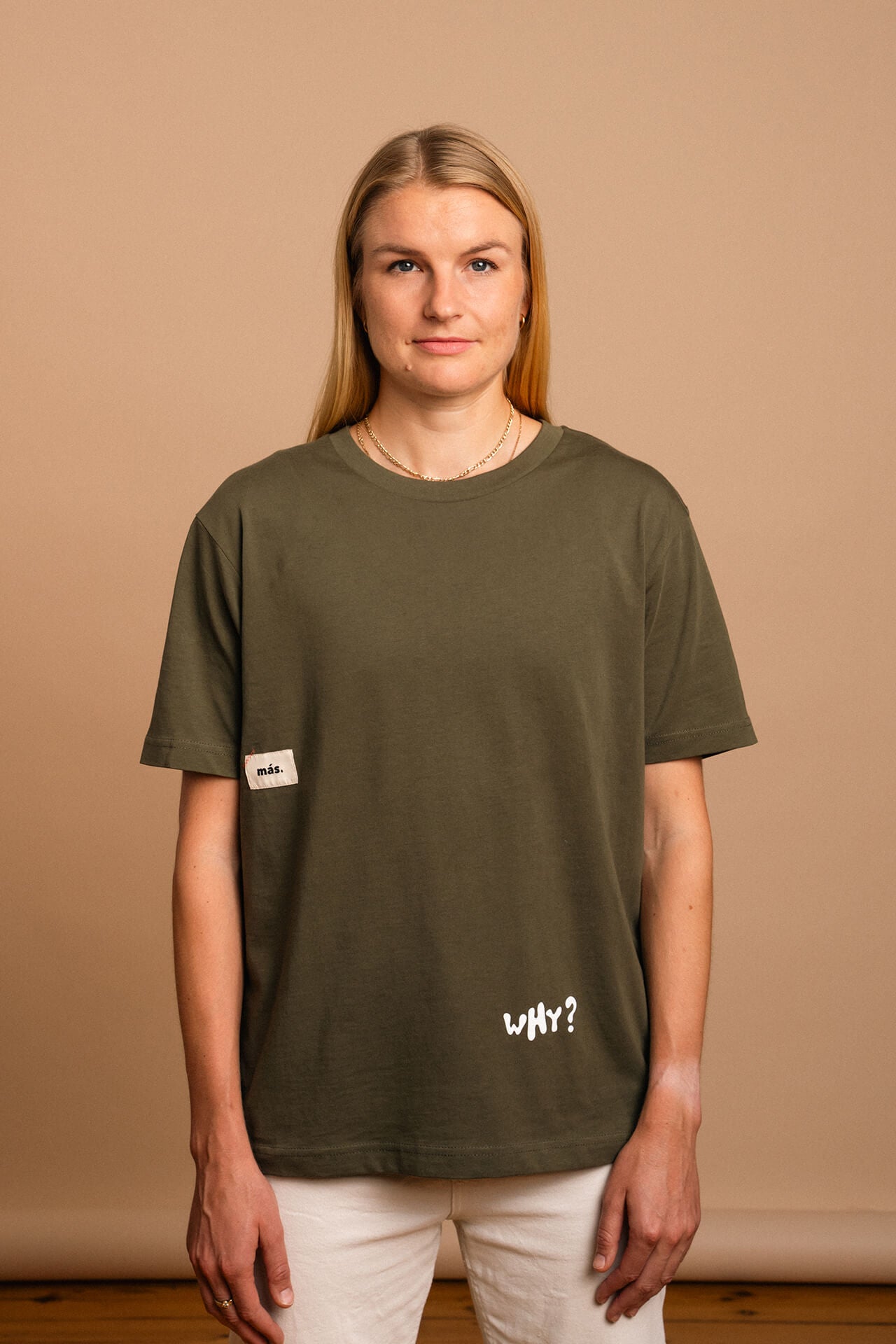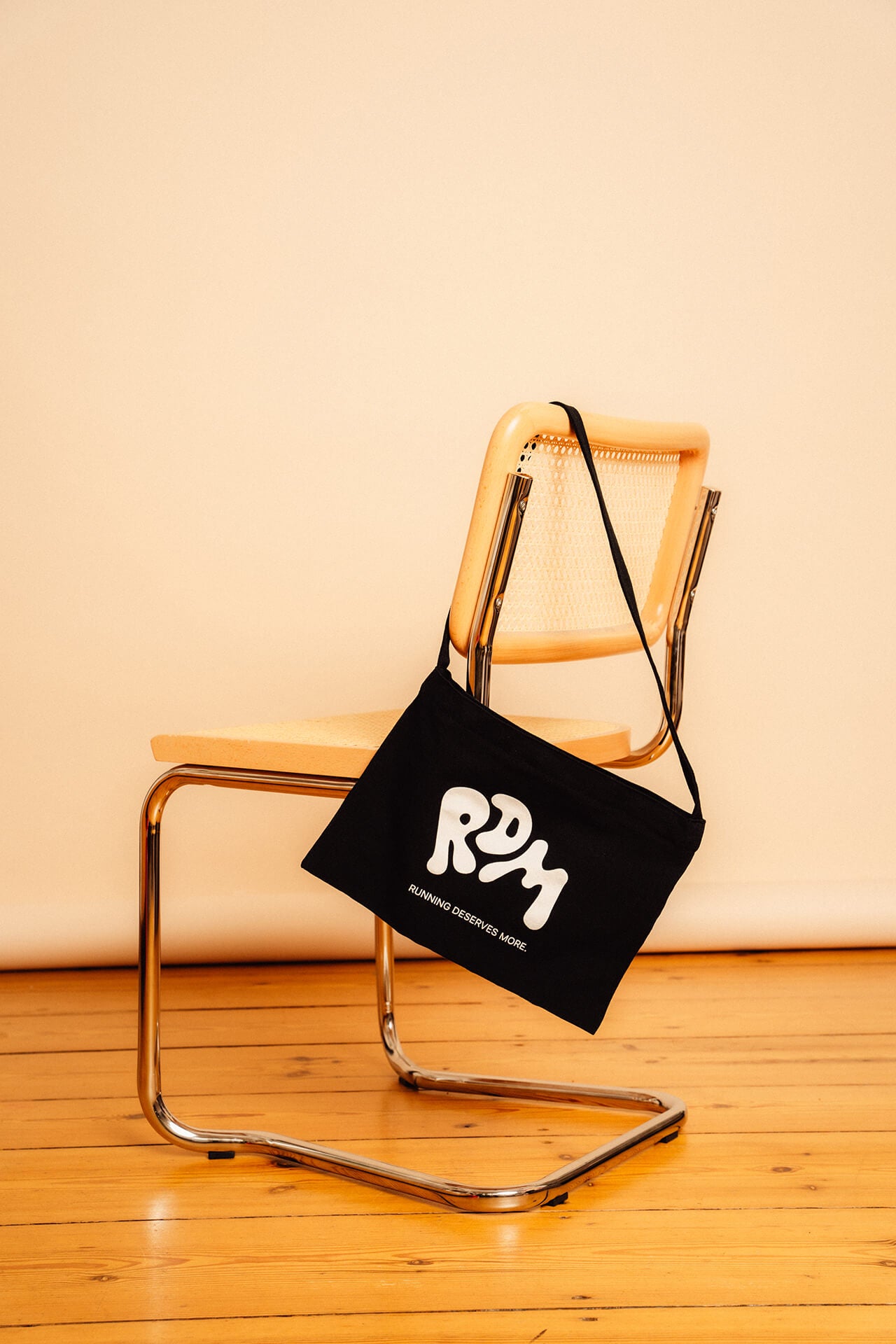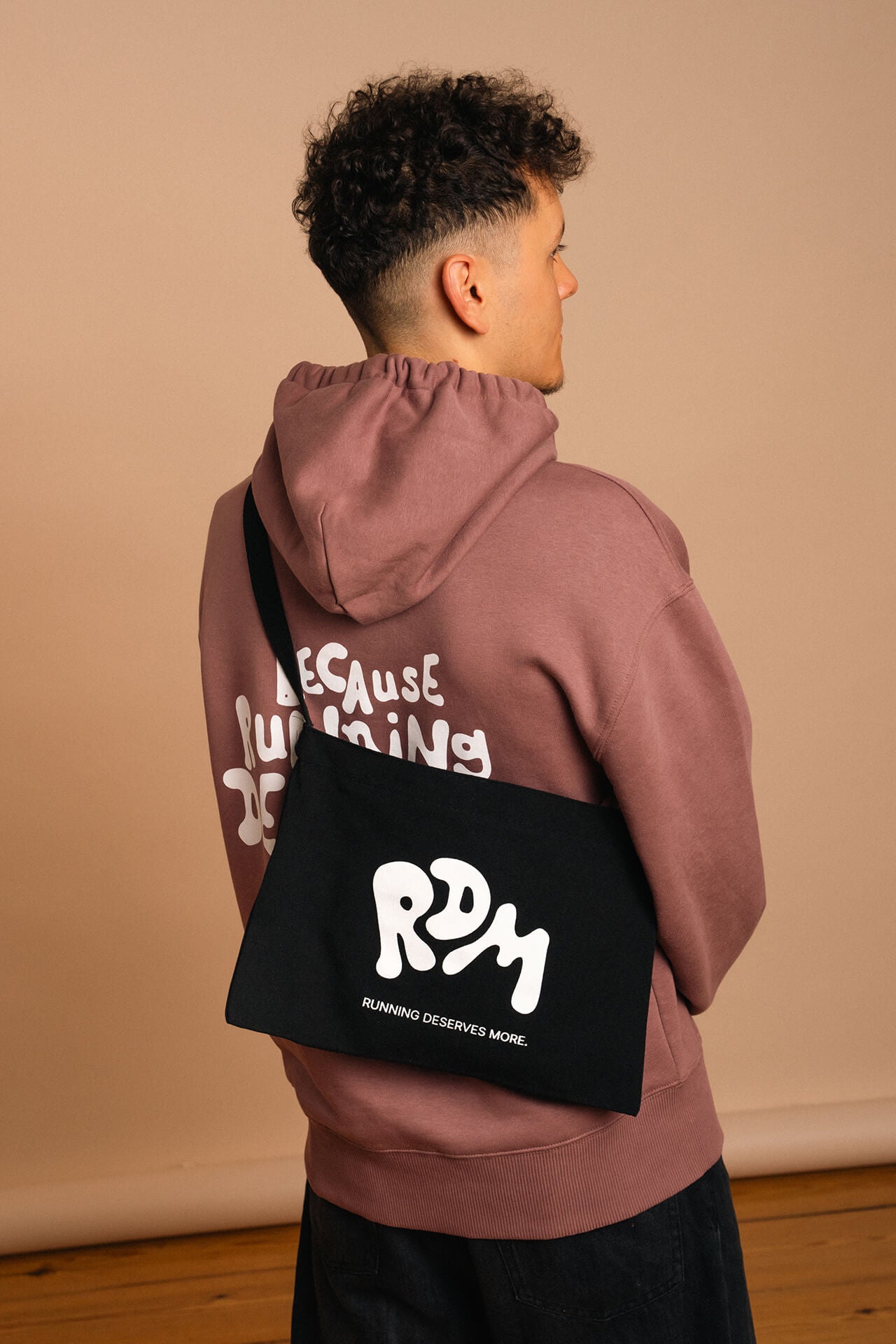
Creators in Running: Riley Wolff
We caught up with Riley Wolff, a Melbourne-based photographer, whose captivating work in running photography was a source of inspiration when we started más. From his early curiosity about cameras to co-founding Tempo, Riley shares not only some of his favourite work, but also the stories and passions behind.
Words: Sven Rudolph
Photos: Riley Wolff

Editor's note: In our latest “Creators in Running” series, we spotlight the stories and creativity of talented people who are capturing the essence of running and helping to transform the sport. The series aims to showcase the intersection of art and the running community, as well as inspire and help new content creators get out there.
Through his roles as photographer, writer and commentator, Riley Wolff has become a central figure in the running community over the past decade. His passion for the sport and admiration for athletes has driven him to not only capture their moments of triumph, but also to tell their inspiring stories. Riley's journey began around 2015, at a time when he felt that the essence of running was not being adequately portrayed in the media. This lack of representation led him to move away from behind and focus more on running photography, a field he felt was ripe for innovation and richer storytelling.
In a bold career move, Riley co-founded Tempo magazine, a platform that aimed to revolutionise the way running was covered. Those early days at Tempo were a crucible of learning and creativity, where Riley honed his unique style, learned how to authentically engage with athletes, and built a platform that resonated with athletes and enthusiasts alike. Today, Riley is not just a photographer, but a storyteller, immortalising the beauty and spirit of the running world through his lens and words.

más: How did you first get into photography?
Riley: My interest in photography began with a childhood curiosity about cameras, from disposable ones to Polaroids. When I grew up and could afford it, I bought a small digital camera and started to explore photography more seriously. My journey into running photography started a little later, around 2015-2016, when I realised that the style of running photography I envisioned wasn't widely represented. This gap led me to photograph more running events, and soon after I joined Tempo, a project that was just getting started. I quit my job to do it, and on day one we had nothing but a six-page PowerPoint and a mission to build something new.


Capturing the 2018 Boston Marathon Through the Fence
The 2018 Boston Marathon was a turning point for me. Without media credentials, I found myself behind a fence, waiting in the rain for hours to get the perfect shot. This experience was more than just capturing the marathon; it was a lesson in determination and perspective. The subsequent success of the photos on Tempo, with over 100,000 views overnight, was a testament to the power of timely and passionate storytelling in photography.
Was there a particular moment when you felt your work had an impact on the running community?
Yes, it was quite early after the launch of Tempo. My first big assignment was at an altitude training camp with our Olympic runners (Editor's note: professional runners for Australia). At first I was the odd one out, quietly taking pictures and not interacting much. I remember we were up in the mountains, in the middle of nowhere, and I'm taking these photos and I hear these professional runners all talking to each other, wondering "who is this guy" or "what is he doing". But about a month later, when we launched Tempo with the content I'd shot, the athletes' perception changed. They started to recognise me and welcome me into their training sessions. It was an important moment in gaining trust and acceptance in the running community.

Earning Trust and Capturing Authenticity with Elite Athletes
Photographing elite athletes like Brett Robinson and Steve McSweyn has been a journey of building trust. Having access to their training environments allows me to capture them in their most genuine state. These images may not always be 'great' in the conventional sense, but their value lies in the honesty and respect they portray. It's about more than just making the athletes look good; it's about being true to their commitment and earning their trust.
How has your approach to photography evolved since you started?
I've become much more critical of my work over the years. My background in cycling photography has influenced my approach to running photography. I remember challenging myself to photograph cycling events without capturing the bikes, focusing instead on the athletes' expressions and upper bodies. This experience helped me to look at running photography differently. Now I often shoot from the waist up, focusing on capturing the raw emotion rather than just the action.

An Intimate Look at Ethiopia's Legendary Coach in Bekoji
My trip to Ethiopia in 2018 provided an extraordinary opportunity to photograph a renowned coach, known for mentoring legends such as Kenenisa Bekele and the Dibaba sisters, in the humble setting of Bekoji. The experience, amidst the local dirt tracks and surrounded by wildlife, allowed me to capture the essence of raw athletic dedication and the profound impact of a single coach on numerous champions.
What challenges have you faced in establishing yourself in the world of running photography?
The challenges are pretty consistent over time. When starting out, many young photographers, myself included, often shoot for free. This is a double-edged sword. It's a way to get exposure, but it can undervalue the work. As photographers, we need to support each other and uphold industry standards. Success in this field isn't just about skill; it's about building trust with leading brands, delivering quality work on time and being professional yet fun to work with.
What do you think is often missing in running event photography?
I think the most compelling stories in races are found after the finish line. While everyone races to capture the finish line moment, I'm more interested in what happens next - the athletes' reactions, whether it's joy, tears or exhaustion. Capturing these real emotions is where the real story lies, beyond the clichéd finish line photo.

Beyond the Finish Line: Lopez Lomong's Victory Lap
This photo embodies the essence of my photography philosophy - capturing moments beyond the finish line. At the 2019 US Track and Field Nationals, I witnessed Lopez Lomong's victory lap. I have read Lopez's book and I am a big fan of his. At the time, NBC was also filming a documentary about him, so strict coverage protocols were in place. Despite this, my colleague and I were able to follow Lopez during his victory lap. This gave us a unique, up-close perspective of his triumph that differs from the usual finisher photos. This moment highlights the importance of recognizing and capturing the unexpected.
What do you shoot with?
I shoot with a Sony a7iii, having switched to Sony about two years ago. My kit includes two Sony G-Master lenses, the 24-70mm and the 70-200mm, along with a couple of Sigma Art lenses, the 35mm and a 50mm f1.4, which are fantastic for their clarity and depth. If I had to pick one lens for its versatility and ability to create stunning portraits with blurred backgrounds, it would be the 70-200mm.
What advice would you give to aspiring photographers?
The key is to remember that there's no shortcut to excellence. The more you shoot, the better you get. Don't hesitate to build a strong portfolio by attending competitions, asking friends to be your subjects and attending training sessions. Above all, don't be afraid to ask for advice. When I first started out, I wish I had been more proactive in asking for guidance. Ask other photographers or friends if you're unsure. It's also okay to emulate someone else's style at first. Nothing is completely original. This way you can find what resonates with you and eventually develop your own unique style.
Riley, Thanks for the conversation!


